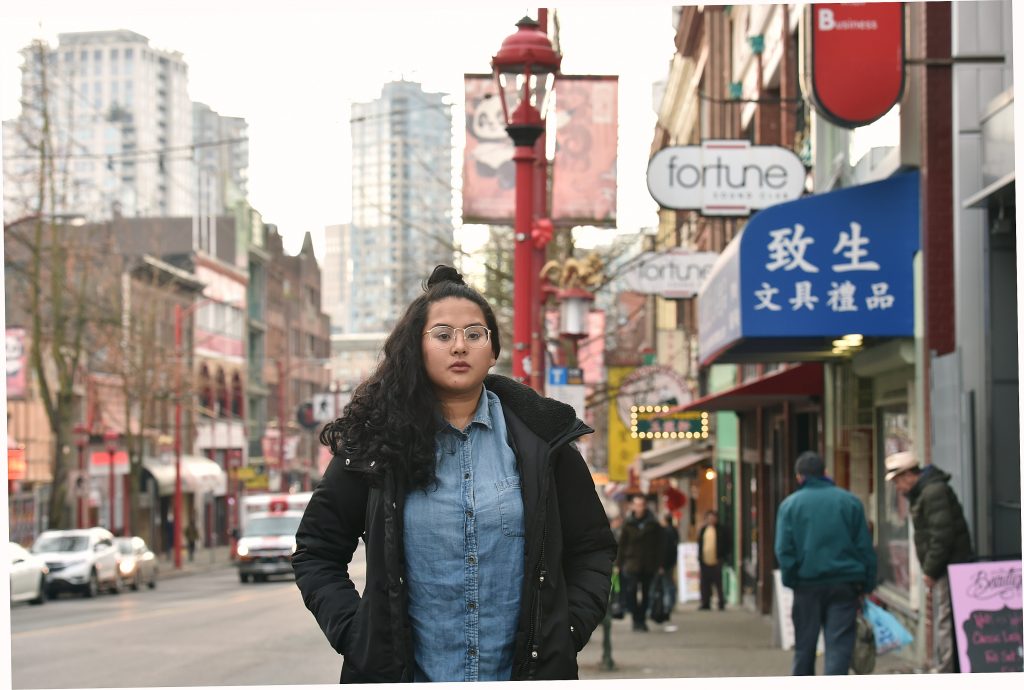Christopher Cheung, on January 10, 2018
Vancouver isn’t the only city being transformed in this way. New high-end retail and redevelopment in working-class neighbourhoods of many global cities are making use of existing low-brow symbols to attract newcomers. This makes new businesses and new developments feel organically situated.
But there’s a power struggle between those who can afford to open and eat at pricier restaurants and those who live in a neighbourhood but can’t afford its amenities.
The Carnegie Community Action Project (CCAP), a project of the Downtown Eastside’s Carnegie Community Centre Association, has been outspoken on retail gentrification, the displacement of cheaper businesses by higher end ones, in Vancouver’s low-income neighbourhoods.
“As an argument, a lot of owners are saying they’re moving into these communities because rent is affordable,” said coordinator Lenée Son of CCAP. “But they need to be aware of what kind of community they’re moving into.”
A CCAP report last February labels 156 businesses in the Downtown Eastsisde and Chinatown — “neighbourhoods with long histories of oppression and marginalization,” said Son — as “zones of exclusion”: places low-income people can’t afford, places with strict surveillance, places that cater to rich, outside visitors rather than the local community.
Even if a high-end business claims to be moving into a neighbourhood like Chinatown for its distinct character, it can be damaging, says Son.
“No matter what the intentions are, the fact is, these new businesses are contributing to gentrification, they are contributing to the displacement of marginalized folks.”
In an area home to high levels of drug use, poverty, mental illness, sex work and homelessness, you can buy products such as an $11 16-ounce juice and $138 real mink eyelashes, says the report.







